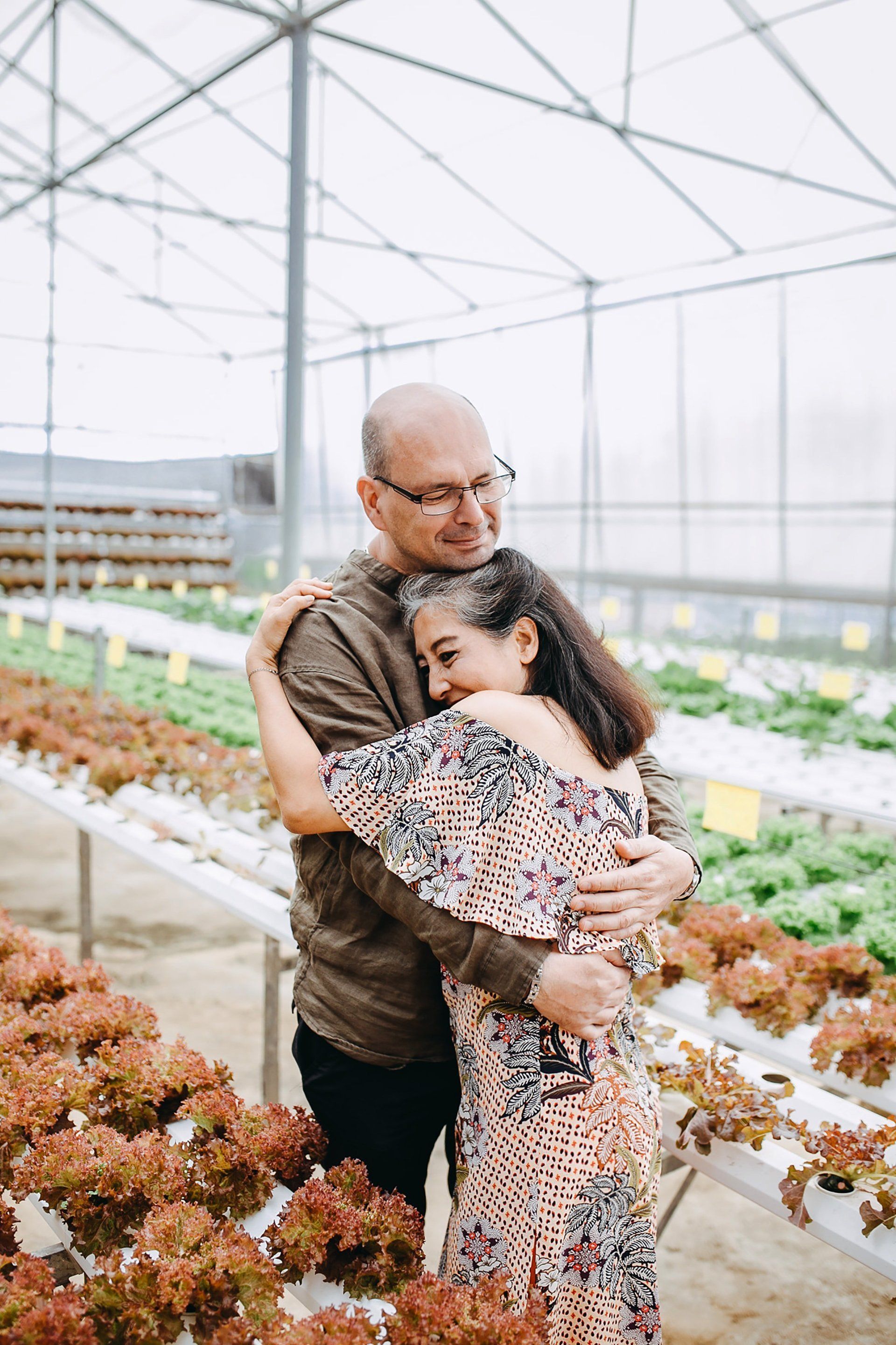One of the easiest ways to create a formal garden is to rely on symmetrical plantings. Create a central line or axis that runs through your garden area, starting from a focal point at your house and arrange plantings on either side of that axis that are mirror images of one another. Traditionally these beds are edged with a low box hedge to better define the geometry and hold the shape of the planting within.
Formal garden designs usually include trees with specifically pruned shapes. Gardeners often use techniques such as pleaching or espalier to craft trees into a more orderly form. If you are considering pleaching some trees to create a formal garden room, use Manchurian Pear (Pyrus ussuriensis) or Ficus Hillii var. ‘Flash’. You can avoid some pruning chores in a formal garden design by selecting trees that offer a tidy look, such as Ornamental pear (Pyrus calleryana), Pyrus Capital for smaller spaces, Juniperus ‘Spartan’ or Acer x freemanii ‘Armstrong’ for larger avenue planting.
Hedges are a key feature of any formal garden. Japanese box (Buxus microphylla) is a slow-growing shrub with dense foliage, perfect for shaping into classic low hedges, parterres, or small topiaries. If you have the space and want to create distinct garden rooms, then chose a Camellia sasanqua or a robust Lilly Pilly such as Syzygium ‘Resilience to sculpt these garden dividers. For smaller hedges us Syzygium ‘Straight and Narrow’ planted at 70cm centres or Michellia Coco. This will also provide you with a beautiful perfume.
If you want some formal elements to give more structure to your garden, then consider using native shrubs that are happy to be topiarised. Acmena ‘Allyn Magic will produce a very neat dome or shape if pruned hard. Westringia ‘Blue Moon’ will make a great 1m ball when regularly clipped and can be used to add a formal aspect to a more relaxed garden working well with vertical accents such as Lomandra ‘Tropic Cascade’ or Dietes ‘White Tiger’. For larger shapes try Westringia ‘Zena’ or ‘Wyanabbie Gem’ as these can be shaped to form a larger dense mound of about 1200-1500mm. Repeating these shapes across your garden can give structure and establish a pleasing and relaxing rhythm though the garden.
As far as colour is concerned formal gardens tend to use a very restrained colour palette. Green should be the dominant shade in a formal garden. Select a range of plants and repeat these across the garden. Consider the full range of leaf shape and texture to provide interest. Don’t be afraid to use mass planting a single species. This can be extremely effective when used to accentuate an avenue of trees or axis of a path.
Visit Clark+Granger at
www.cplusg.com.au
or phone 0456 111 120 to find out more.
MORE SCENIC NEWS
-
A NEW CHAPTER FOR WOLVES BASKETBALL
Mar 28, 2024ButtonAs the sun sets on an incredible experience, it's time for me, Adam Chanter, to say farewell as the Pre...
-
GRAND OPTIONS CATER TO MOST NEEDS AND TASTES
Mar 28, 2024ButtonFor weddings, services can be held in The Old Church, which stands as a proud member of architecturally sig...
-
ANNE HOITINK – APRIL 2, 1945 – MARCH 15, 2024
Mar 28, 2024ButtonMigrated to Australia on 29 November 1952, aged 7 years. Going directly to the suburb of Reid in Canber...
-
GREAT SUCCESS FOR LITTLE ATHLETES
Mar 28, 2024ButtonRuby, Lily, Talia, Torah, Hugo, Leiawyn, Aric, Dean, Mitchell, Harvey and Noa; you all should be so proud ...
-
COMMUNITY CAMERA ALLIANCE – YOUR CHANCE TO HELP
Mar 28, 2024ButtonIt's essential for community members to remain vigilant and take steps to safeguard their properties and vehicle...
-
KERRI: AN HONOUR TO FILL THE ROLE FOR DIVISION 2
Mar 28, 2024ButtonDuring the pre-poll part of the campaign, I was very grateful for the opportunity to be able to meet an...
-
GALLERY’S $30,000 MAJOR ART AWARD RETURNS
Mar 28, 2024ButtonThe award, named after the sacred mountain which the Gallery overlooks, is open to artists living across the...
-
DO HOP IN FOR A NEW MONTE LUPO EXHIBITION
Mar 28, 2024ButtonMonte Lupo was established by Multicap in 1991 to provide meaningful employment to people living with di...
-
BREACH OF CODE: RULING ON MAYOR CHRISTENSEN RAISES MORE VOTER CONCERNS ON ELECTION EVE
Mar 14, 2024ButtonAdditionally, Christensen is to bear his legal costs, with a warning that any future infractions will be classifie...
-
THE LONG ROAD SPORTS CENTRE AND REGIONAL SPORT - WHERE DO YOU STAND
Mar 14, 2024ButtonThe SRRC Sports strategy 2010-2020 is to be shortly superseded by the 2024 – 2034 SRRC Sports Strategy....
LOCAL BUSINESS
COLUMNS
-
Beauty & Wellness
ButtonWriter: Rebecca Mander - Naturally Cos
-
Community Care
ButtonWriter: Geoff Marshall
-
Embrace
ButtonWriter: Jaap Vogel
-
Food for Thought
ButtonWriter: Dylan Gittoes
-
Hooked on Books
ButtonWriter: Friends of TM Library
-
Living with Dogs
ButtonWriter: Pam Brandis (Dip. Canine Prac.)
-
Nature Notes
ButtonWriter: Nadia O’Carroll
-
Pastor Kim
ButtonWriter: Pastor Kim Dale
-
Physio Talk
ButtonWriter: Neil Bell (Tamborine Mountain Physique)
-
Police News
ButtonWriter: Sgt Mark Shields
Officer in Charge
North Tamborine Police
-
Politics
ButtonWriter: Local Councillors and Representatives
-
Relationships
ButtonWriter: Linda Gray
-
The Mtn Midwife
ButtonWriter: Bree Lowing (Registered Midwife)
-
Travelling Places
ButtonWriter: Travelling Places Tamborine Mtn
-
Wine chat
ButtonWriter: Imogen Mulcahy
-
Yoga Under the Bodhi Tree
ButtonWriter: Margot Wagner
Your Local Paper
to read, keep & share

Your Local Paper
to read, keep & share
CONTACT
PO Box 118, North Tamborine Qld 4272
Phone: 0407 671 286
Email:
news@tmnews.com.au
ads@tmnews.com.au
Design by BjornSchmal.com


















